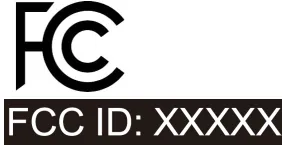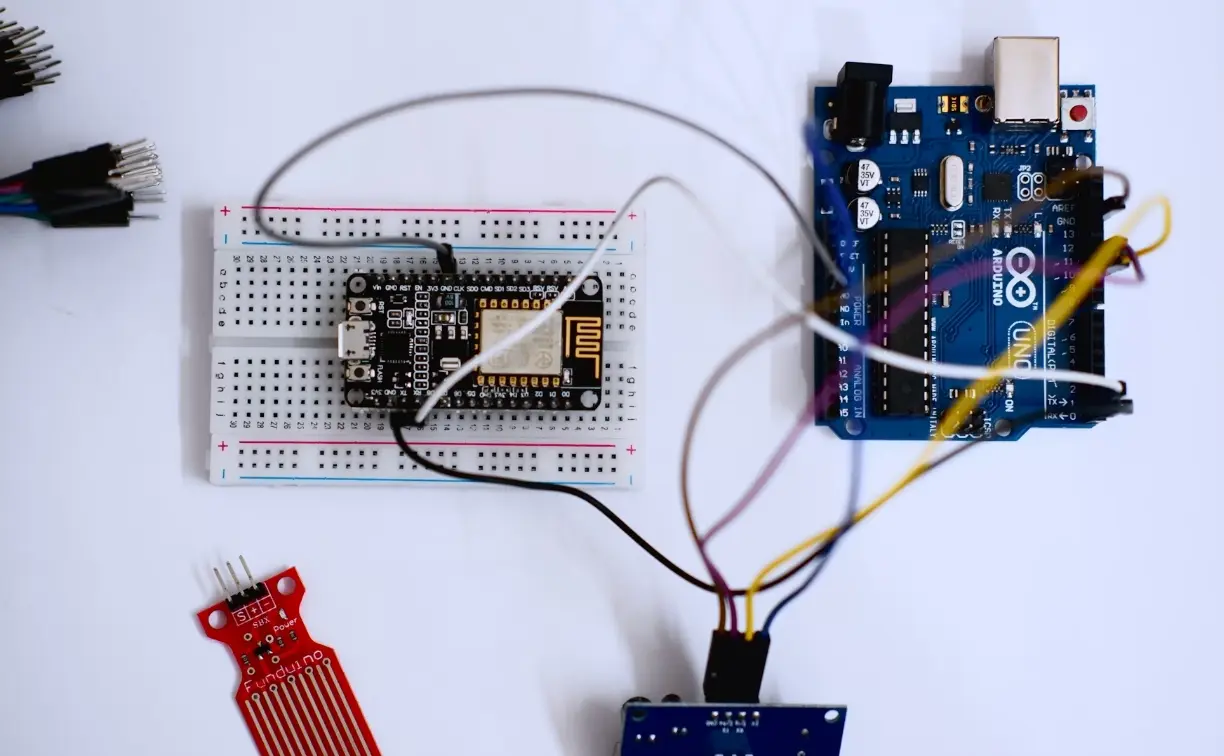
Learn about vehicle EMC testing
Here's a well-structured and formatted overview of EMC Testing, focusing on key concepts, methods, vehicle EMC testing standards, and in-vehicle wireless standards:
EMC Testing Overview
Basic Concepts of EMC Testing
Electromagnetic Compatibility (EMC) refers to the ability of electronic equipment to operate properly in an electromagnetic environment without causing adverse effects on the surrounding environment. EMC testing evaluates the Electromagnetic Interference (EMI) and Electromagnetic Susceptibility (EMS) generated by electronic equipment when operating in an electromagnetic environment. It is one of the most important indicators of product quality.
EMC Test Methods
EMC testing mainly includes two methods:
1. Radiation Testing
2. Conduction Testing
The EMC testing site is generally one of the following:
- Open field
- Semi-anechoic chamber
- Shielded room
Radiation Testing
Radiation testing encompasses two key areas:
- Radiation Emission Testing: Measures the electromagnetic radiation generated by electronic equipment in operation and evaluates compliance with international and national standards.
- Radiation Immunity Testing: Assesses the tolerance of electronic equipment to electromagnetic radiation and checks for compliance with applicable standards.
Conduction Testing
Conduction testing includes:
- Conducted Emission Testing: Measures the electromagnetic interference generated by electronic equipment through cables and evaluates compliance with standards.
- Conducted Immunity Testing: Measures the tolerance of electronic equipment in a conducted electromagnetic interference environment and evaluates compliance with standards.
Overview of Vehicle EMC Testing
Vehicle EMC Test Standards
Vehicle EMC testing is essential to verify whether vehicles comply with electromagnetic compatibility standards. This ensures that vehicles operate normally in various scenarios without causing interference with other equipment.
EMC standards can be categorized into:
- International Standards: Examples include IEC (International Electrotechnical Commission), CISPR (International Committee on Radio Interference), and ISO (International Organization for Standardization).
- National or Regional Standards: Such as SAE (Society of Automotive Engineers) and GB (China National Standard).
- Corporate Standards: Each vehicle manufacturer (OEM) typically has its own corporate standards, which are often more stringent than general industry standards.
Vehicle EMC Test Items
In whole vehicle EMC testing, testers use an electromagnetic compatibility test system (EMC test system). This system includes:
- Transmitting and receiving antennas
- Signal generators
- Power amplifiers
- Power meters
- Electromagnetic compatibility receivers
During testing, the vehicle is placed in the test room, and the test system performs radiation and conduction tests. Key frequency bands for whole vehicle EMC testing include:
- Vehicle Electromagnetic Radiation Emission Test
- Vehicle Radiation Immunity Test
- Automotive Electronic EMI Conducted Emission Test
- Automotive Electronic Radiation Emission Test
- Automotive Electronic Radiation Immunity Test
- Automotive Electronic Transient Emission Conduction Test
- Automotive Transient Conducted Immunity Test
- Vehicle High Current Test
- Automotive Electronic Close-range Radiation Immunity Test
- Automotive Electronic Electrostatic Discharge Immunity Test
Automotive EMC Test Solutions
Test Methods of Wireless Standards in Vehicle EMC Testing
Main In-Vehicle Wireless Standards
With the rise of intelligent connected vehicles, communication with external environments has become crucial. This includes:
- Vehicle-to-Vehicle (V2V) Communication
- Vehicle-to-Road (V2R) Communication
- Vehicle-to-Person (V2P) Communication
- Vehicle-to-Cloud (V2C) Communication
In-vehicle communication technology has evolved from 2G (GSM) through 3G (WCDMA) and 4G (LTE) to the current 5G era. This evolution is integrated with C-V2X vehicle networking technology to enhance mobile broadband, ensure low latency and high reliability in ADAS safety, and support massive terminal communications for integrated driving control and intelligent traffic management.
In-Vehicle Wireless Standard Testing Combined with EMC Testing
The vehicle wireless standard test is a crucial component of EMC testing. It evaluates the electromagnetic compatibility performance of wireless communication equipment within the vehicle and its impact on the vehicle's electromagnetic environment. Key tests include:
- Transmission Power Test
- Receiving Sensitivity Test
- Anti-Interference Test
As illustrated in the block diagram below, the GNSS signal output port of the Keysight Technologies N5182B Vector Signal Generator and the communication signal output port of the E7515B UXM Wireless Test Platform are connected via an RF cable to a combiner. The combined signals are then connected to the transceiver antenna in the darkroom, allowing for comprehensive testing of the vehicle-mounted wireless system under EMC conditions.
This structured overview provides a clear and concise understanding of EMC testing, its methodologies, and its importance in vehicle applications.
Email:hello@jjrlab.com
Write your message here and send it to us
 FCC Certification Fees for Handheld Fans
FCC Certification Fees for Handheld Fans
 FCC Certification Testing for Smart Lighting Produ
FCC Certification Testing for Smart Lighting Produ
 What is the ETSI EN 303 645 Testing Standard?
What is the ETSI EN 303 645 Testing Standard?
 UL Compliance and ETL Certification for LED Lighti
UL Compliance and ETL Certification for LED Lighti
 What is the IEC 60598 Standard?
What is the IEC 60598 Standard?
 What is the Canada IC Logo?
What is the Canada IC Logo?
 EMC Pre Compliance Testing
EMC Pre Compliance Testing
 PAHs Testing (Food and Textile)
PAHs Testing (Food and Textile)
Leave us a message
24-hour online customer service at any time to respond, so that you worry!




